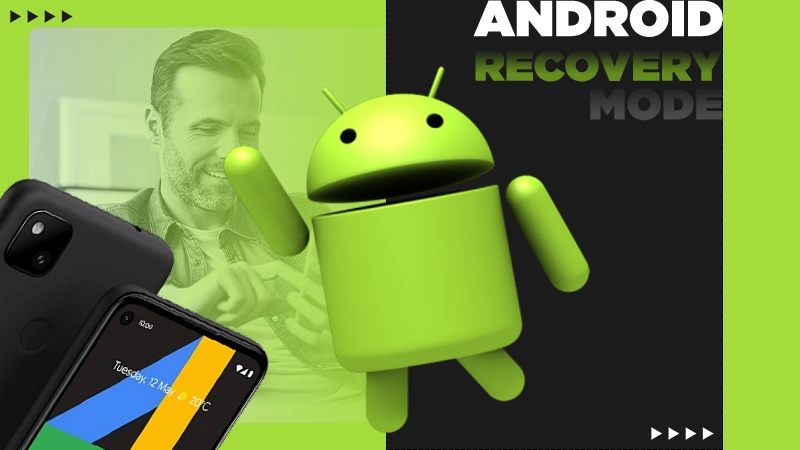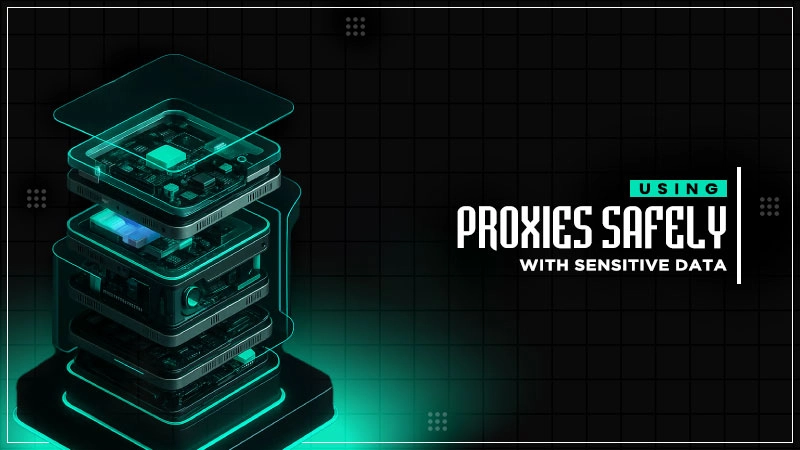Technical Guide to Mobile Data Solutions for International Connectivity
- Overview of Mobile Data Technologies?
- Traditional SIM Architecture vs. eSIM Technology
- Network Infrastructure and Coverage Analysis
- Data Plan Architecture and Implementation
- Security Architecture and Protocols
- Performance Optimization Techniques
- API Integration and Development
- Monitoring and Analytics
- Future Technology Trends
Cellular data, commonly referred to as mobile data, has transformed the way we work, live and browse. To resolve the slightest doubts, we just toggle on the mobile data, type our query on the internet browser and shoot the solutions. A few decades back, we can say it was a necessity, but now in the present time, it has become a convenience.
Further, to understand the paradigm shift in mobile data technologies, take a tour of this guide till the end.
Overview of Mobile Data Technologies?
Mobile data opens up a world of internet access that helps you to browse anything, anytime, from anywhere across the globe. Whether it’s playing the latest video games, streaming the top charted movies, or connecting over video calls with your loved ones, everything requires a stable mobile data network.
The lightning speed of technological advancements has welcomed the eSIMs, giving tough competition to the traditional SIM cards. The transformation has welcomed new possibilities and given, revamping old techniques, but also challenged the physical sim architecture and the way of working.
Traditional SIM Architecture vs. eSIM Technology
Physical SIMs are small chip-removable cards that are inserted into devices, whereas eSIMs are embedded directly in the device hardware and can be operated remotely. But as both have different attributes, features, and functioning. Take a look at the limitations and architecture of both of them.
Physical SIM Card Limitations
The introduction of eSIMs has challenged the physical SIMs existence. Ahead, this transformation has highlighted the traditional SIM cards’ limitations, encouraging people to reconsider their decisions that they still use the physical SIM or should shift to the new and highly advanced digital ones. This comes out to be challenging while traveling to another country. But there is a relief for the USA travelers, because esim usa travel options provide instant activation, to access hassle-free and in minute purchases.
To make an informed decision, we have listed some of the universal limitations:
- Physical Form Durability: Required dedicated slots and are prone to corrosion, tears, damage, and more.
- Manual Installation Requirements: Required physical verification and installation procedures.
- Environmental Impact: The mass production and disposal of the SIM cards may impact the environment.
eSIM Technical Architecture
The new and powerful eSIM includes eUICC that is compliant with the GSMA specifications. Take a look at the other prominent advantages it gives:
- Multiple Profile Support
- Top Notch Security
Network Infrastructure and Coverage Analysis
After taking into consideration the difference between the traditional SIM and eSIM, take a look at its network infrastructure.
Cellular Network Technologies
The cellular network is paramount not only for communications, but for entertainment and other browsing requirements. Take a look at the two different cellular network technologies:
4G LTE
The 4G LTE includes several technologies mentioned below:
- For the downlink, the Orthogonal Frequency Division Multiple Access (OFDMA) is employed.
- For the uplink, you can consider Single Carrier Frequency Division Multiple Access (SC-FDMA).
- MIMO (Multiple Inputs and Multiple Outputs) increases throughput by combining multiple frequency bands.
5G Network Architecture
Take a look at the several key technologies incorporated by the 5G network:
- For the lightning-speed bandwidth, millimeter wave (mmWave) frequencies have been deployed.
- Another one is network slicing that guarantees dedicated service.
- Last but not least, edge computing integration for reduced latency
Coverage Optimization Strategies
Check out the coverage optimization strategies to target a wider audience:
Radio Access Network
- For indoor coverage, Distributed Antenna Systems (DAS) are employed.
- Small cell deployment to boost the coverage in the specific locations.
- Distributed antenna systems are used to improve the signal quality.
Spectrum Management
- Dynamic spectrum sharing to assist both 4G and 5G networks share the same frequency.
- To increase the capacity and flexibility, licensed and unlicensed spectrum is utilized.
Data Plan Architecture and Implementation
Take a look at the new and better data plan architecture and implementation that drives the best possible results.
Traffic Management Systems
Take a look at what helps to manage the traffic and network resources efficiently:
Quality of Services:
- To help the video and voice receive the required bandwidth, the DSCP is employed.
- Bandwidth allocation and throttling are integrated to manage the congestion of excessive traffic.
Deep Packed Inspection:
- To allow the network to analyze the content of data packets.
- To provide real insights into network traffic.
- To suspect and detect the mitigate security threats.
Roaming Technology
You might not know, but international roaming relies on complex signaling protocols:
Signaling System 7 (SS7) Implementation
- HLR (Home Location Register) includes the location, services, subscriptions, and other important information.
- VLR (Visitor Location Register) consists of a temporary database.
Diameter Protocol
- Policy and charging control to evaluate the charging rules for roaming users.
- Authentication, Authorization, and Accounting (AAA) is similar to SS7, but with upgraded and additional advanced features.
- Service data flow detection and control to ensure the correct utilization and quality of services.
Security Architecture and Protocols
The next important one is the security architecture and protocols to ensure a safe and private usage.
Cryptographic Implementation
This includes two phases:
Authentication Protocols
- Mutual authentication to prevent impersonation attacks.
- Replay Attack Prevention Mechanisms to prevent the attackers.
- Cryptographic Key Derivation and Management is used to encrypt and decrypt subsequent communication between the parties.
Encryption Standards
- AES-256 for data encryption.
- Elliptic Curve Cryptography (ECC) for the ease of key exchange.
- End-to-end encryption for application data
Network Security Measures
- Deep Packet Inspection for threat detection.
- DDoS protection to mitigate the attacks, limiting and filtering the traffic.
Performance Optimization Techniques
Take a look at the workable performance optimization techniques:
Network Performance Metrics
- Follow the cell edge performance characteristics.
- Measure the data speed and the delays in the data transmission.
API Integration and Development
Standardized APIs are integrated to boost modern connectivity solutions.
RESTful API Architecture
- access to the user resources without exposing the personal and confidential credentials.
- JWTs are used to securely transmit information between different parties.
- Asynchronous Processing Patterns help to perform the different tasks independently.
- Powerful error handling and retry mechanisms are necessary for maintaining system reliability.
SDK Development Considerations
- iOS utilize the core telephony framework, whereas Android leverage Android telephony API.
- Integrated with the cross-platform compatibility layers.
Monitoring and Analytics
Check out the monitoring and analytics tools to restrict the performance errors.
Network Performance Monitoring
It includes both real-time analysis and data analysis implementation:
- KPI performance indicators to evaluate the health and performance.
- To detect and identify the areas of congestion.
- Time to time, service quality monitoring to detect the loopholes.
Troubleshooting Methodologies
The troubleshooting methodologies include the diagnostic procedures.
- Capturing and examining the network traffic.
- Investigating the behavior and inconsistencies of network protocols.
Future Technology Trends
Now that we have gone through what exists, let’s take a look at what we can expect in the near future.
Emerging Technologies
- 6G research and development to introduce a better and faster network.
- AI integration to give a boost to the way it works and performs.
- Planning to integrate the quantum communication protocols.
Standards Evolution
- Planning to enhance the mobile broadband (eMBB) improvements.
- Ultra-reliable low-latency communications (URLLC) can be expected.
- Massive machine-type communications (mMTC).
- Network slicing enhancements.
Can you retrieve deleted text messages on your iPhone? If you have deleted an important message on your iPhone, I…
The demand for skilled professionals in Artificial Intelligence, Machine Learning, and Computer Science continues to surge as companies adopt automation,…
Running an organization is a highly complex job. You have to deal with taxes, guidelines, and many more operational tasks…
In today’s connected world, knowing how to text someone anonymously is a valuable skill for protecting your privacy. Whether you…
In this digital world, just getting data is not enough for marketers – they need data that works fast, stays…
Is your Android phone starting to act strangely? This usually happens after a change in settings, a new update, or…
Ever wondered why it’s called the Recycle Bin? It is because your deleted files are not gone for good, at…
Icons are much more than simple visual adornments. They are the interface contracts for all outcomes, status signals, and the…
From internal financials and health records to payment tokens and customer identifiers, sensitive data is ingrained in day-to-day operations. According…





